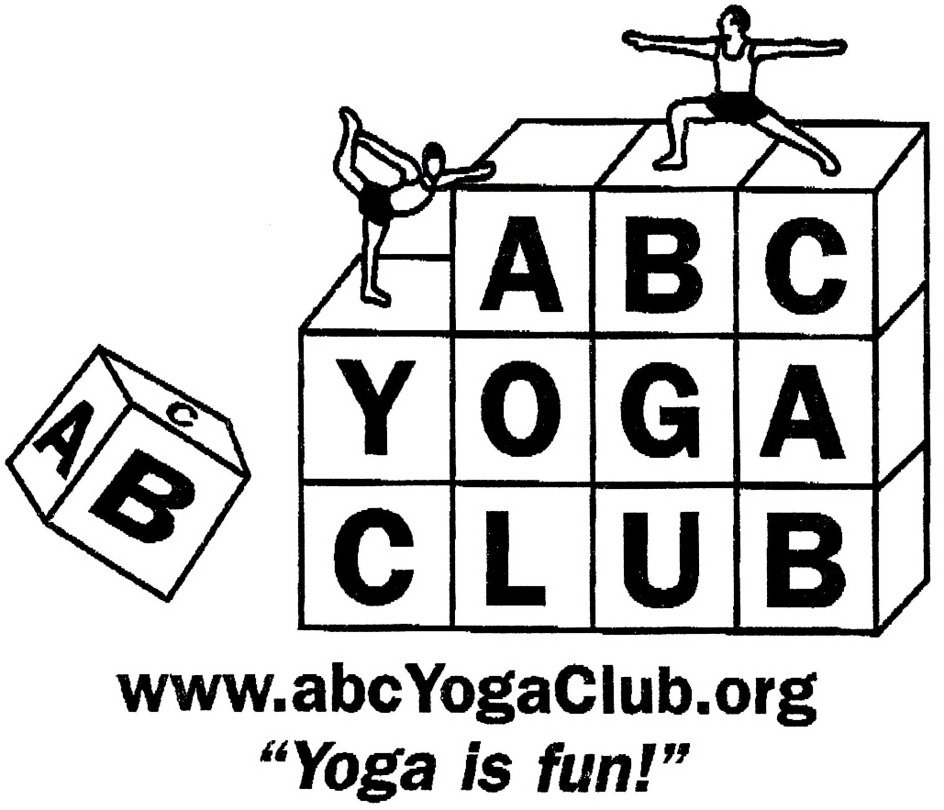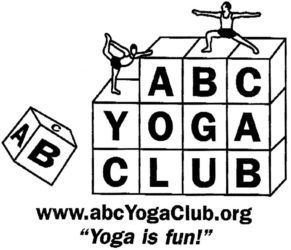
Our mission is to enhance lives with yoga.
Our purpose is to teach yoga to people dealing with trauma and addictions, and people that want to have a healthy lifelong skill. The purpose of yoga is to take the person from disharmony to harmony.
Yoga increases focus, peace, harmony, and balance while maintaining physical wellness. Yoga can help keep sanity and groundedness during difficult times. Through yoga more energy is directed into positive channels, giving one a greater sense of freedom and joy.
Some goals of ABC Yoga Club include:
Exposing students to activities they can take into adulthood, giving them a sense of high self-esteem.
Enabling each student with the confidence and inspiration to continue a lifelong path of yoga so they can all live healthy, long lives.
Expanding and uplifting student awareness.
Teaching students to learn the careful control of their breathing pattern; rejuvenating their systems and countering the unhealthy effects of stress.
Key aspects of ABC Yoga Club:
Yoga is a great stress management tool to give kids an excellent foundation to live in inner peace, strength, and balance.
Kids in ABC Yoga Club seem to be more focused, and their behavior problems vastly improve.
Yoga gives kids a sense of self-esteem.
Yoga supports good fitness, endurance and flexibility, and gives children varied forms of movement and sports.
ABC Yoga Club’s Approach to Asana Practice:
(“Asana” means physical postures.)
PHYSICAL POSTURES: Students learn the health benefits of each asana (posture).
KNOWLEDGE OF ANATOMY: Students learn to identify with their own bodies.
POSITIVE AFFIRMATIONS: Powerful tool for self improvement. Each asana has a positive affirmation that the children affirm silently.
PRANAYAMA (BREATHING TECHNIQUES): students learn to breathe deeply for a minimum of five breaths in each pose.
ABC Yoga Club’s Perspective on Meditation:
Meditation is the most important and most powerful technique of yoga.
Though the asanas (postures) are beneficial, doing yoga postures without meditating is like building half of a bridge. It wont take you where you really want to go. Students in the ABC Yoga Club always culminate yoga practice in meditation.
Asanas (postures) are used to calm and open up the body, lift energy, and concentrate and internalize the mind.
This inward approach fills students’ lives with richness and vitality, helps them respond to life’s challenges with inner peace.
Who can benefit from yoga?
Teachers, parents, and students
People with Type 2 Diabetes
People having or had trauma
Students with Attention Deficit Disorder (A.D.D.)
Anyone that wants to experience physical creativity
People that like to have achievement in their lives
Anyone breathing
Disclaimer: The yoga therapy components of Shamani’s teaching are based on her status as a Certified International Associate of Yoga Therapy, Certified Chiropractic Assistant in Active and Passive Physiotherapies, Registered Yoga of the Heart Yoga Teacher, Massage School Anatomy Instructor, Licensed Massage Therapist and Ananda Yoga Therapist, not derived from her status as an E-RYT with Yoga Alliance Registry.
“From IAYT’s perspective, yoga therapy is not ‘diagnosing and treating’ health conditions. While it’s not easy to summarize a wide range of healing practices in just a few words, we might say yoga therapists ‘assess and educate’ in order to ‘empower individuals to improve their health and wellbeing through the application of the teachings and practices of yoga’.”
It is important for all of us yoga teachers to clearly understand the distinctions between teaching yoga and practicing yoga therapy. While it’s likely that the grey area between these 2 overlapping disciplines will remain dominant in the near future, we all have a responsibility to be involved in sharing the teachings and practices of yoga with the world in the most dharmic ways possible. And that requires that we actively participate in upholding the highest principles of yoga in whatever way we choose to share them, and that we serve as superconsciously as possible when controversies develop within the community of yoga teachers and yoga therapists.
